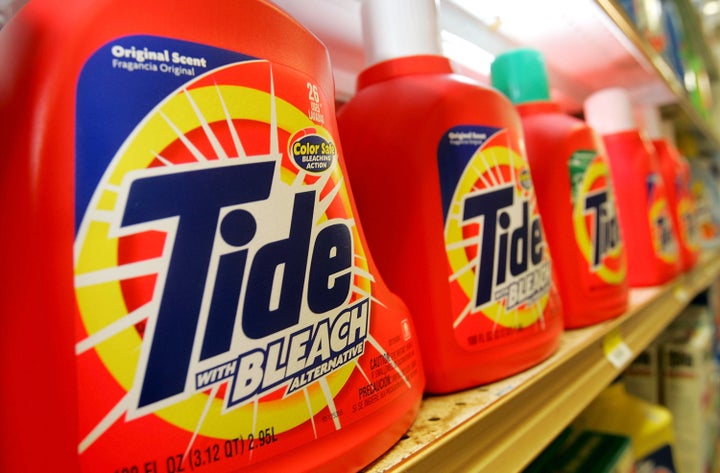
As the American economy struggles to shake off a torpor that threatens to drag the country back into recession, the gap continues to grow between the nation's richest citizens and everybody else.
The economy is in evident peril, with unemployment high, wages falling, the housing market treading water and growth so slow as to be nearly imperceptible. Yet the rich are doing just fine. Some statistics make clear the size of America's affluence disparity: As of 2010, the richest 20 percent of the U.S. population control 84 percent of the wealth. And the 400 richest Americans have a higher net worth than the full bottom 50 percent of households.
As the wealthy continue to accrue capital -- helped by policies like a low tax on profits from stock and real estate sales -- and the less well-off classes try to make do in a pitiless economic climate, corporations appear to be finally recognizing the reality of the prosperity gap, and tailoring their product lines accordingly. Manufacturers like Procter & Gamble, the household-goods giant responsible for everything from Charmin and Old Spice to Tide, are concentrating their efforts on luxury and bargain items, putting less emphasis on products aimed at the middle class, the Wall Street Journal reports.
The erosion of middle-market product lines reflects a trend where economic pressures are making it increasingly harder for Americans to maintain a traditional middle-class existence. Jobs are less secure, home ownership rates are falling and a college education is not the guarantee of financial stability that it once was. A recent study from the Pew Charitable Trusts found that more than a quarter of Americans who were raised in middle-class families in the late 1970s had fallen into the lower-earning classes by 2006.
Though the strong performance of the corporate sector has been touted as the one bright spot in 2011's otherwise lackluster economic narrative, a widening gap between rich and poor has not historically been associated with national stability. Income inequality in the U.S. spiked in 2007, just before the financial crisis that sent the global economy into a tailspin; as Reuters has pointed out, income inequality was also at record levels in 1928, one year before the Great Depression.
The WSJ notes that the United States' Gini coefficient -- a measure of a country's income inequality -- was at 0.468 in 2009, nearly halfway up the Gini scale that ranges from zero (most equal) to one (least equal). A high Gini coefficient is often associated with political instability and a poor standard of living, and most first-world countries rank lower on the Gini scale than the U.S. Some other nations that have had Gini coefficients similar to the United States' include the Philippines, Ecuador and Rwanda.
While corporations aiming for high- and low-end consumers at the expense of middle-class earners appears to be a new development, the income gap has been growing in America for at least three decades. While wages and productivity rose in tandem during the 1950s, '60s and '70s, they become decoupled in about 1980, as productivity continued to climb while wages slumped and then recovered only modestly. And the gap between rich and poor grew more pronounced during the late-2000s recession, according to Timothy Noah at Slate, due to a jump in the poverty rate that was the highest in over a decade.
